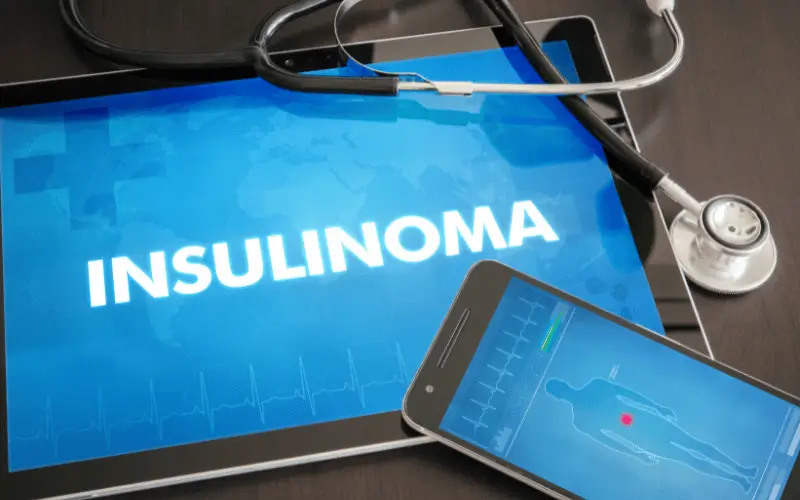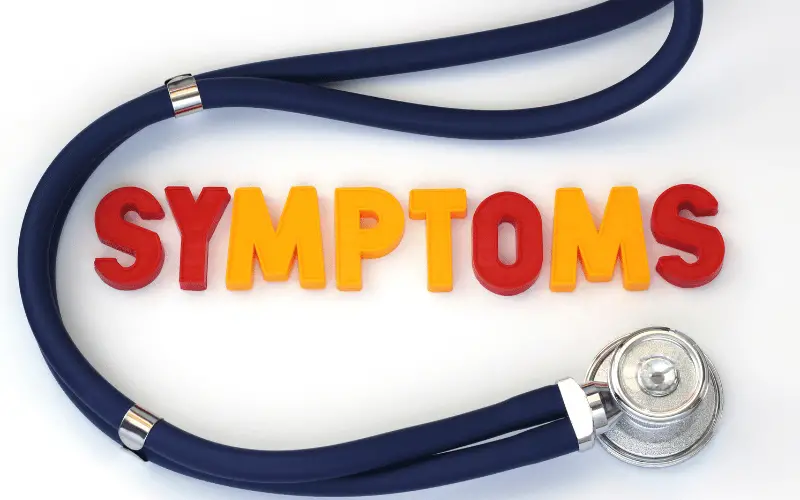Introduction: A Comprehensive Overview
Whipple’s Triad stands as a pivotal concept in medical diagnostics, specifically in the realm of endocrinology. It’s a trio of clinical signs crucial for identifying insulinoma, an uncommon pancreatic tumor. The triad encompasses symptoms indicative of hypoglycemia, the presence of low blood sugar levels, and the alleviation of these symptoms upon elevating blood sugar. Named after Allen Whipple, a renowned American surgeon, this set of criteria has become fundamental in understanding insulin regulation and pancreatic functionality.

Delving into the first facet of Whipple’s Triad, symptoms of hypoglycemia are varied and encompass physical and neurological manifestations. Patients may experience dizziness, excessive sweating, confusion, and blurred vision, occasionally escalating to more severe symptoms like loss of consciousness. These symptoms are the body’s response to inadequate glucose levels, signifying potential irregularities in insulin production or its regulation.
The second element involves the clinical documentation of low blood sugar levels, usually defined as below 70 mg/dL. This objective measure is typically obtained through blood testing and is critical in validating the hypoglycemic symptoms reported by patients. This aspect of Whipple’s Triad offers concrete evidence of dysregulated glucose homeostasis, hinting at an overproduction of insulin.
Concluding the triad is the resolution of hypoglycemic symptoms following the increase in blood sugar levels. This is usually achieved through glucose administration, either orally or intravenously. The cessation of symptoms upon glucose intake confirms the direct link between the symptoms and low blood sugar levels, cementing the diagnosis of insulinoma.
In medical practice, Whipple’s Triad serves beyond the diagnosis of insulinoma. It’s a tool for differential diagnosis, assisting in distinguishing other causes of hypoglycemia, such as liver disease, kidney failure, or hormonal imbalances. Its application in this context emphasizes its significance in the broader scope of medical diagnostics.
Fact 1: Symptom Recognition

Symptom recognition is the first critical step in Whipple’s Triad, playing a pivotal role in the early detection of insulinoma. Hypoglycemic symptoms are diverse, with individuals experiencing varying degrees of physical and neurological manifestations. Common symptoms include tremors, hunger, anxiety, sweating, and palpitations. Recognizing these symptoms is crucial, as they are often the first indicators of an underlying issue with insulin production or regulation. The patient’s subjective experience of these symptoms is a key factor that prompts further medical investigation.
While these symptoms are indicative of hypoglycemia, they are not unique to insulinoma. This necessitates a careful evaluation to differentiate them from symptoms caused by other medical conditions. For instance, anxiety or panic attacks can mimic some hypoglycemic symptoms. Therefore, healthcare providers must consider the entire clinical picture, including the patient’s medical history and risk factors, to discern the true nature of these symptoms.
The severity and frequency of hypoglycemic symptoms can vary widely among individuals. In some cases, symptoms may be mild and intermittent, while in others, they can be severe and debilitating. The severity of symptoms often correlates with the extent of blood sugar level fluctuations. Severe symptoms, such as loss of consciousness or seizures, demand immediate medical attention and are a clear indicator of the need for urgent evaluation.
Patient education plays a significant role in symptom recognition. Patients who are aware of the signs and symptoms of hypoglycemia are more likely to seek timely medical attention. This early intervention is crucial for a prompt and accurate diagnosis. Therefore, educating patients, especially those at risk of insulinoma, about these symptoms is an essential aspect of healthcare.
In conclusion, symptom recognition is an essential first step in the diagnostic process of Whipple’s Triad. It sets the stage for further diagnostic testing and management. By accurately identifying and assessing these symptoms, healthcare providers can initiate the appropriate medical response to address the underlying cause, ultimately leading to a better prognosis for the patient. (1)